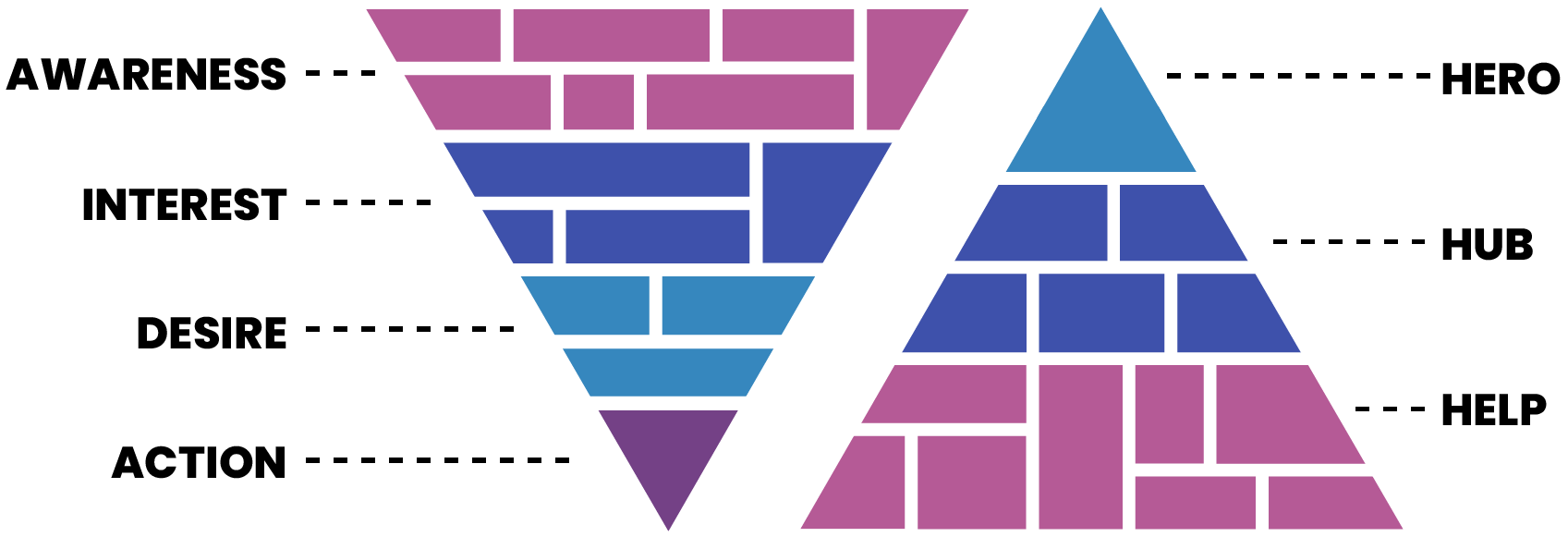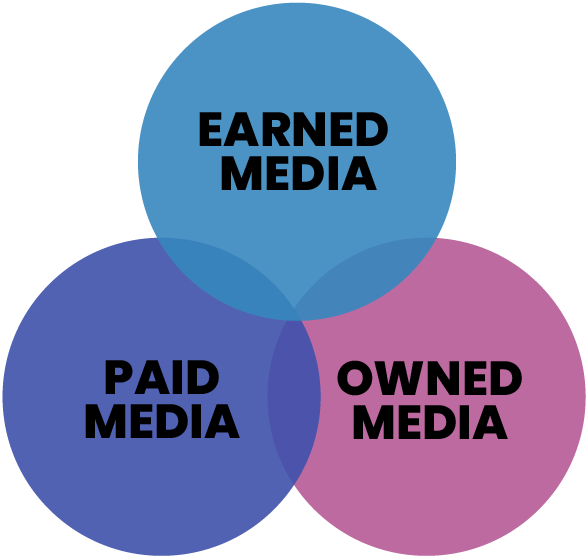Why is a video strategy needed?
A carefully planned video strategy that is considered as part of the marketing strategy helps in achieving successful business outcomes. A video strategy is a playbook for planning, producing, and distributing a company’s or organization’s video content. It is important to know where we are now and what the target state is. The planning of the video strategy starts with a few essential questions:
- What is the purpose of the videos?
- Who are the videos made for, i.e., the target audience?
- What is the goal of the videos?
- At what stage of the buying process are the videos intended?
- What kind of videos are made?
- In which channels do the target audience operate?
- How are results measured and analyzed?
What is the purpose of the videos?
First of all, it is good to think carefully about why videos are made. Is the purpose of the video to tell about a specific product or service, or is there a desire for broader impacts? Let’s consider what kind of video content is suitable for communicating the product or service, or whether the video should also do more than just a single product video. At its best, a video creates value and engages with the brand or even creates communities around the brand.
Target group
Who are the videos intended for, i.e., who is the target audience for the videos? The worst definition of a target audience is all people or a large audience. The second worst definition is aiming for multiple different target audiences with the same video. Defining the target audience is an important part of the video strategy.
Goals
What do we want to achieve with the videos? Do we want to attract attention in the chosen target audience and get people to familiarize themselves with our service on the website? Attracting attention is unlikely to succeed with very long and technical content, so we need to be able to convey the essential information right at the beginning of the video, so that the person’s interest is piqued and they act in the desired way. At the end of the video, there should always be a Call to Action: Read more, Order here, Explore the service selection, and so on.
Purchase process
In video strategy, it is important to consider the purchase process and at what point in the purchase process we are planning videos. At the beginning of the purchase funnel, we need different lengths of video content: a very long video will not capture the attention of viewers if they do not know us or our product. The traditional AIDA model helps us to also understand the appropriate video content. The further along the purchase process we go, the more detailed and also longer video content we can offer people to watch.

What kinds of videos or video styles
There are many options in video styles, and at this point, it is important to consider the best possible video style for the desired purpose. The video style is also influenced by where we are in the purchasing process. The company’s and community’s brand book may have a say in the video style. Video styles can be captured footage or animation, or even a combination of these. YouTube’s Hero Hub Help model can be a good aid in choosing video styles.
HERO videos: A hero video is a high-impact video placed prominently at the top of a webpage. Its role is to capture attention, communicate the brand’s main message, and set the tone for the page, making a strong first impression.
HUB videos: video content created to keep your audience engaged over time. Unlike a one-off hero video, hub videos are published regularly and tailored to the interests of your target audience. They build ongoing relationships by providing useful, entertaining, or inspiring material that keeps viewers coming back and strengthens their connection with your brand.
HELP videos: A help video is designed to answer specific questions, solve problems, or guide customers in using your product or service, making their experience easier and more valuable.
Distribution channels
Where does our target audience spend time, and which channels do they use? These questions help guide the channel choices in our video strategy. Very often, the answer is social media, but even within social media there are many different types of platforms, and people consume media in different ways. Different audiences are also found on different channels. For example, people use TikTok differently than Instagram.
Channel choices also involve adapting video content to different sizes and lengths. This needs to be considered already in the planning phase of video production, so that the material can be used in both vertical and horizontal formats. Another factor is the balance between using our own channels versus paid media, and whether we could create content with the potential to grow into earned media.
Increasing the organic reach or viewership of videos requires long-term effort, and it should be supported with paid media campaigns.

Analyzing the results
Measuring results is essential for achieving the goals set for video content. Effective analysis demonstrates whether the investment of budget and time delivers the desired return, making ROI a central part of every video strategy. While traditional metrics such as view counts provide an initial indication of reach, they need to be complemented with deeper insights—engagement rates, watch time, conversions, and audience behavior across different channels.
Using advanced analytics tools enables us to track performance more accurately, optimize distribution, and refine content for better results. A systematic approach to measurement ensures that video production is not just creative work, but a data-driven process that continually improves impact and supports broader business objectives.
The summary of Video Strategy
Video is an essential part of marketing, sales, and brand awareness for companies and organizations. It is a powerful medium that conveys the desired message while building trust with the target audience. Strategic and long-term planning of video content is the key to achieving better results. After all, the most expensive video is the one no one watches.
A carefully designed video strategy, integrated into the overall marketing plan, supports business growth and ensures that videos don’t end up forgotten in the archives. We are happy to help you plan and execute a video strategy that delivers real results.
